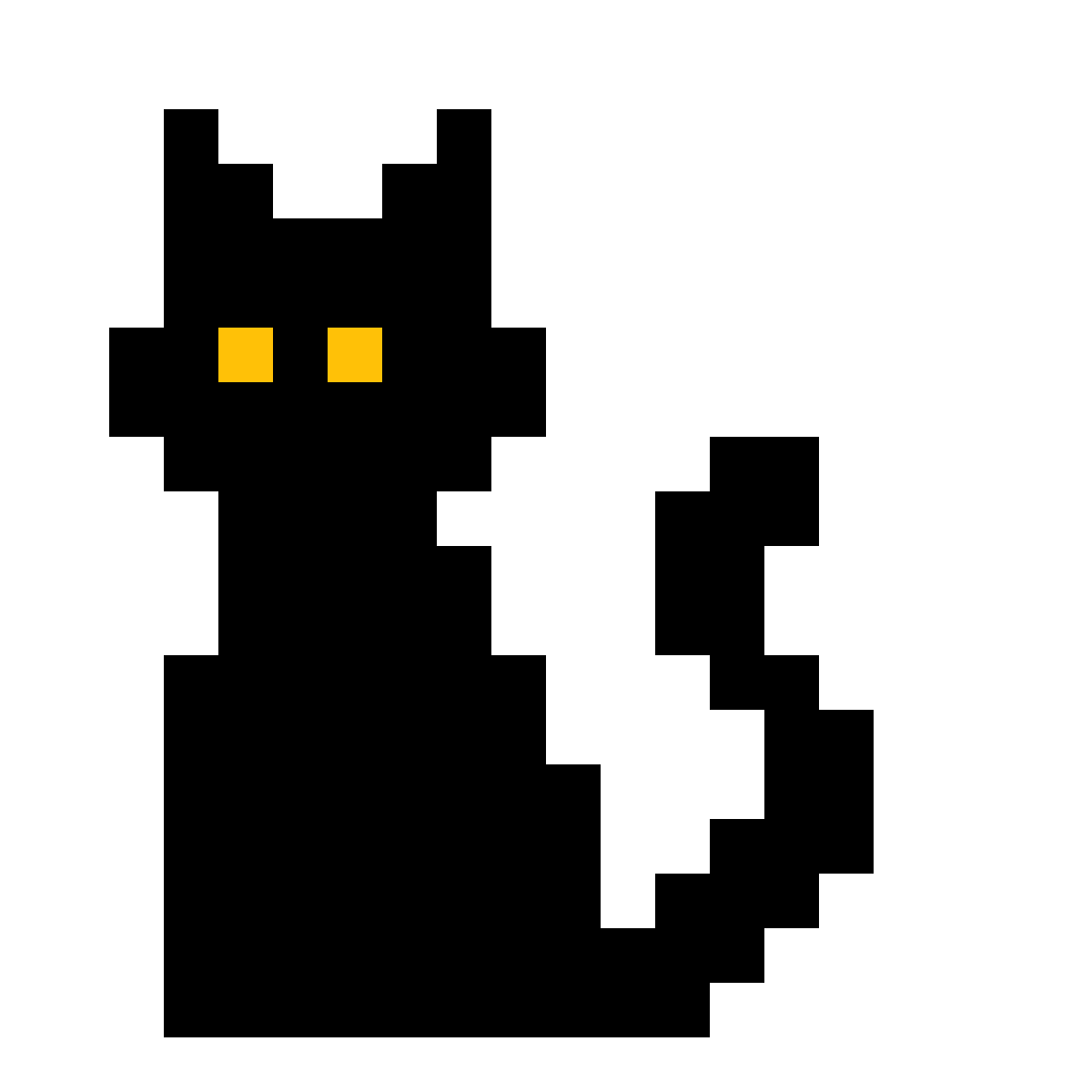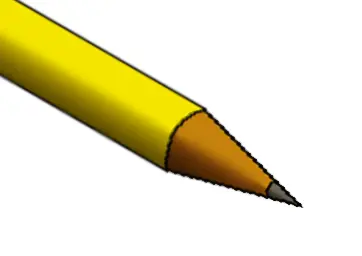With straight diagonal lines.

Homophobe!
hey it’s no longer June, homophobia is back on the menu
Why are there gaps on either side of the upper-right square? Seems like shoving those closed (like the OP image) would allow a little more twist on the center squares.

I think this diagram is less accurate. The original picture doesn’t have that gap
You have a point. That’s obnoxious. I just wanted straight lines. I’ll see if I can find another.
there’s a gap on both, just in different places and you can get from one to the other just by sliding. The constraints are elsewhere so wouldn’t allow you to twist.
Oh, I see it now. That makes sense.
Oh so you’re telling me that my storage unit is actually incredibly well optimised for space efficiency?
Nice!
if I ever have to pack boxes like this I’m going to throw up
I’ve definitely packed a box like this, but I’ve never packed boxes like this 😳
https://kingbird.myphotos.cc/packing/squares_in_squares.html

Mathematics has played us for absolute fools
If you can put the diagonal squares from the 17 solution in a 2-3-2 configuration, I can almost see a pattern. I wonder what other configurations between 17 and 132 have a similar solution?
Why can’t it be stacked up normally? I don’t understand.
You could arrange them that way, but the goal is to find the way to pack the small squares in a way that results in the smallest possible outer square. In the solution shown, the length of one side of the outer square is just a bit smaller than 12. If you pack them normally, the length would be
larger thanexactly 12. (1 = the length of one side of the smaller squares.)
If there was a god, I’d imagine them designing the universe and giggling like an idiot when they made math.
You may not like it but this is what peak performance looks like.
Bees seeing this: “OK, screw it, we’re making hexagons!”
Fun fact: Bees actually make round holes, the hexagon shape forms as the wax dries.
But fear not, bees are still smart! Mfs can do math!
Not only can they do math, they can fully percieve time
come on now, let them cook, trust the process
Bestagons*
Texagons
4-dimensional bees make rhombic dodecahedrons
Here’s a much more elegant solution for 17

Can someone explain to me in layman’s terms why this is the most efficient way?
These categories of geometric problem are ridiculously difficult to find the definitive perfect solution for, which is exactly why people have been grinding on them for decades, and mathematicians can’t say any more than “it’s the best one found so far”
For this particular problem the diagram isn’t answering “the most efficient way to pack some particular square” but “what is the smallest square that can fit 17 unit-sized (1x1) squares inside it” - with the answer here being 4.675 unit length per side.
Trivially for 16 squares they would fit inside a grid of 4x4 perfectly, with four squares on each row, nice and tidy. To fit just one more square we could size the container up to 5x5, and it would remain nice and tidy, but there is then obviously a lot of empty space, which suggests the solution must be in-between. But if the solution is in between, then some squares must start going slanted to enable the outer square to reduce in size, as it is only by doing this we can utilise unfilled gaps to save space by poking the corners of other squares into them.
So, we can’t answer what the optimal solution exactly is, or prove none is better than this, but we can certainly demonstrate that the solution is going to be very ugly and messy.
Another similar (but less ugly) geometric problem is the moving sofa problem which has again seen small iterations over a long period of time.
Lol, the ambidextrous sofa. It’s a butt plug.
For two!
Now I want to rewatch Requiem for a dream.
Requiem is the best movie that I’ve only wanted to watch once.
It’s also a great name for a cover band.
Butt rock covers of gospel songs perhaps?
Thanks for the explanation
All this should tell us is that we have a strong irrational preference for right angles being aligned with each other.
We have an interpreter in our head. It maps and makes sense of the mysterious whatever. Some of it cultural, some biological. It is vast. There might not even be things and space.
Well yes, and what it means for “there to be things” is a whole discussion in itself. But the concepts of space and time are rather deep and fundamental (to our mental models regardless of how or if that maps to objective reality). The preference for right angles is much less fundamental and we can see past and get over it.
My point is, when we study our preference for right angles, what we’re studying is the interpreter. It has quirks.
For A problem like this. If I was going to do it with an algorithm I would just place shapes at random locations and orientations a trillion times.
It would be much easier with a discreet tile type system of course
It’s not necessarily the most efficient, but it’s the best guess we have. This is largely done by trial and error. There is no hard proof or surefire way to calculate optimal arrangements; this is just the best that anyone’s come up with so far.
It’s sort of like chess. Using computers, we can analyze moves and games at a very advanced level, but we still haven’t “solved” chess, and we can’t determine whether a game or move is perfect in general. There’s no formula to solve it without exhaustively searching through every possible move, which would take more time than the universe has existed, even with our most powerful computers.
Perhaps someday, someone will figure out a way to prove this mathematically.
They proved it for n=5 and 10.
And the solutions we have for 5 or 10 appear elegant: perfect 45° angles, symmetry in the packed arrangement.
5 and 10 are interesting because they are one larger than a square number (2^2 and 3^2 respectively). So one might naively assume that the same category of solution could fit 4^2 + 1, where you just take the extra square and try to fit it in a vertical gap and a horizontal gap of exactly the right size to fit a square rotated 45°.
But no, 17 is 4^2 + 1 and this ugly abomination is proven to be more efficient.
Any other configurations results in a larger enclosed square. This is the most optimal way to pack 17 squares that we’ve found
Source?
Bidwell, J. (1997)
Try this page if you want to read more about it:
https://erich-friedman.github.io/papers/squares/squares.html
Thank you, that’s very helpful - unlike cretins downvoting me for asking a question.
Upvoted.
That’s because when you just type “source?” and nothing else people perceive it as you challenging/denying the claim in a slightly hostile manner
Thankfully the perceived hostility was then dispelled with a followup comment calling people cretins.
…wait.
In the meme.
Seriously?
It crams the most boxes into the given square. If you take the seven angled boxes out and put them back in an orderly fashion, I think you can fit six of them. The last one won’t fit. If you angle them, this is apparently the best solution.
What I wonder is if this has any practical applications.
yeah it vindicates my approach of packing stuff via just throwing it in there. no I’m not lazy and disorderly, this is optimal cargo space usage
There’s very likely applications in algorithms that try to maximize resource usage while minimizing cost
It’s a problem about minimizing the side length of the outer rectangle in order to fit rectangles of side length 1 into it.
It’s somehow the most efficient way for 17 rectangles because math.
These are the solutions for the numbers next to 17:

Is this a hard limit we’ve proven or can we still keep trying?
We actually haven’t found a universal packing algorithm, so it’s on a case-by-case basis. This is the best we’ve found so far for this case (17 squares in a square).

Figuring out 1-4 must have been sooo tough
It’s kinda hilarious when the best formula only handles large numbers, not small. You’d think it would be the reverse, but sometimes it just isn’t (something about the law of large numbers making it easier to approximate good solution, in many cases)
It’s the best we’ve found so far
Do you know how inspiring documentaries describe maths are everywhere, telling us about the golden ratio in art and animal shells, and pi, and perfect circles and Euler’s number and natural growth, etc? Well, this, I can see it really happening in the world.
It’s important to note that while this seems counterintuitive, it’s only the most efficient because the small squares’ side length is not a perfect divisor of the large square’s.
What? No. The divisibility of the side lengths have nothing to do with this.
The problem is what’s the smallest square that can contain 17 identical squares. If there were 16 squares it would be simply 4x4.
He’s saying the same thing. Because it’s not an integer power of 2 you can’t have a integer square solution. Thus the densest packing puts some boxes diagonally.
And the next perfect divisor one that would hold all the ones in the OP pic would be 5x5. 25 > 17, last I checked.
this is regardless of that. The meme explains it a bit wierdly, but we start with 17 squares, and try to find most efficient packing, and outer square’s size is determined by this packing.
Did you comment this because you think the people here are stupid?
Bro, the people here, like the people everywhere, ARE stupid.
It’s always better to be explicit. I’m one of the stupid people who learned some things reading the comments here and I’ve got a doctoral degree in aero astro engineering.

That tiny gap on the right is killing me
That’s my favorite part 😆
I hate this so much
the line of man is straight ; the line of god is crooked
stop quoting Nietzsche you fucking fools















